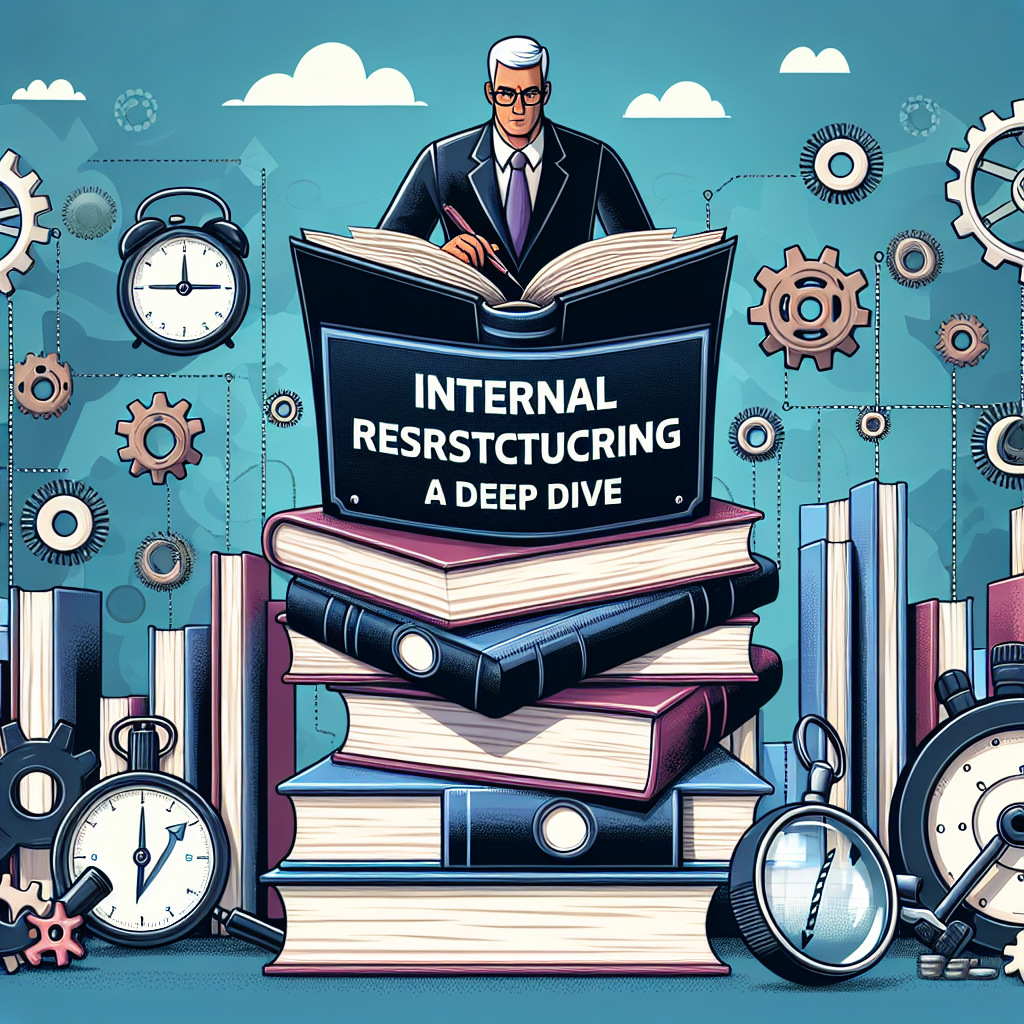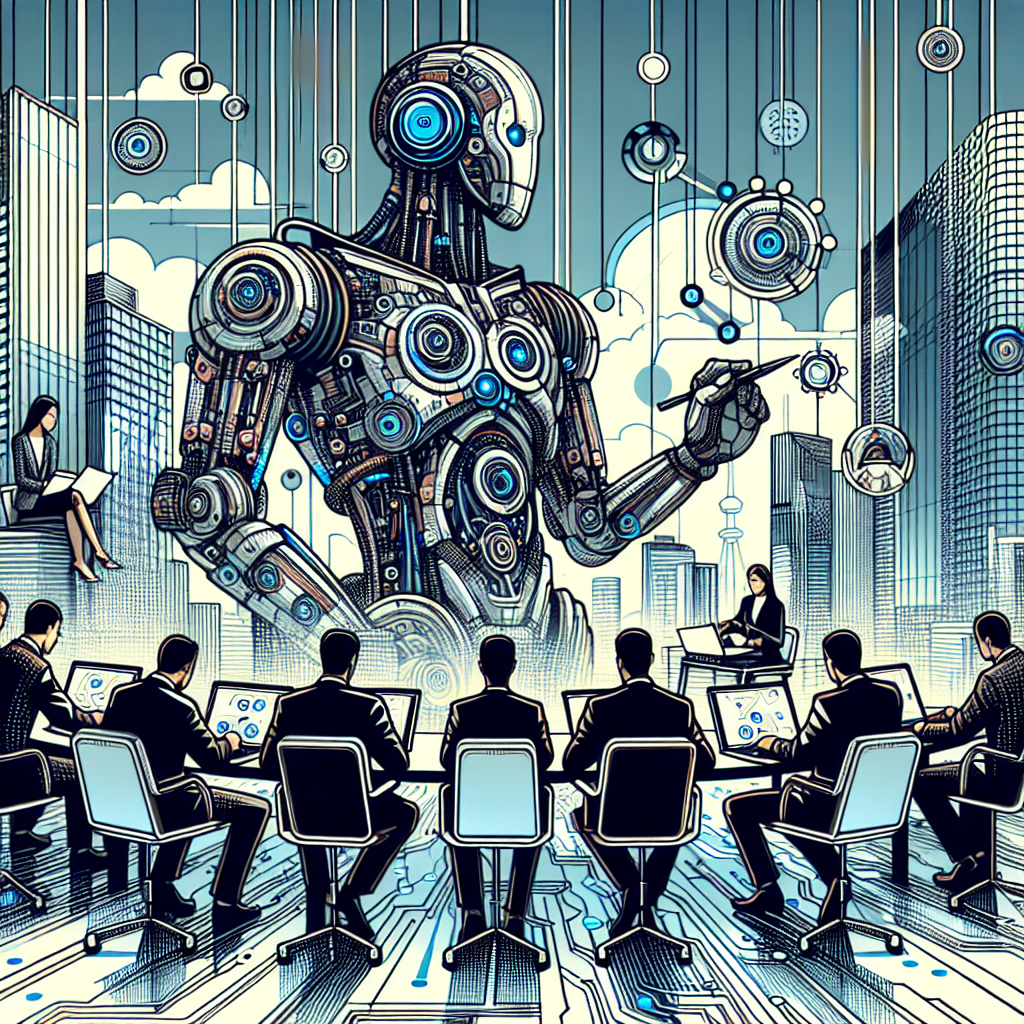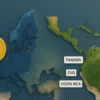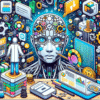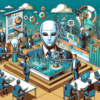Toyota Motor Corporation is set to open a futuristic city powered by artificial intelligence and advanced robotics. The unique project, named "Woven City", is a fully connected ecosystem that the multinational automotive manufacturer plans to bring to life this year.
In a groundbreaking initiative, Toyota Motor Corporation is preparing to unveil its “Woven City” – a revolutionary city powered by artificial intelligence (AI) and advanced robotics. This city represents the future of urban living, combining state-of-the-art technology with sustainable design.
Unveiling the Concept
Toyota, the Japan-based multinational automotive manufacturer, announced the development of a fully connected ecosystem called “Woven City” in January 2020 at the Consumer Electronics Show (CES) in Las Vegas. Woven City aims to serve as a live laboratory for the automotive giant to test autonomous vehicles, smart homes, and artificial intelligence in a real-world environment.
Moving Ahead with the Plan
The corporation is now moving forward with its ambitious plan, aiming to break ground for the construction of this futuristic city by 2021. This advanced urban prototype will be constructed at the base of Mt. Fuji in Japan, covering an area of 175 acres.
The ‘Living Laboratory’
Toyota’s Woven City is designed to serve as a ‘living laboratory’, with its residents being both researchers and regular citizens who have agreed to participate in this innovative experiment. Here, everything from technology to infrastructure, from smart homes to mobility solutions, will be under constant testing and evolution.
AI and Robotics: The Cornerstones
Two key pillars of the project are advanced robotics and AI. These technologies will permeate every aspect of life in Woven City, from transportation to daily household chores. For instance, in-home robotics systems are expected to help with daily tasks, and AI will monitor the health and needs of the city’s residents.
Autonomous Mobility
The city will also see a widespread use of autonomous vehicles. The streets of Woven City are designed for three types of mobility: for faster transportation, Toyota’s autonomous e-Palettes will be used for delivery and retail services; for slower, local transit, personal mobility devices will be employed; while pedestrian traffic will have dedicated pathways.
Designing a Sustainable City
The design principles of Woven City center around sustainability. Every building will be made of fully sustainable materials, and the city itself will run on hydrogen fuel cells and solar power. The rooftops of buildings will be covered with photovoltaic panels to generate solar energy, further contributing to the city’s energy needs.
Collaborating with Developers and Researchers
Toyota has invited other companies and researchers to collaborate on this unique project. By doing so, the automaker aims to encourage the development of new technology that could potentially reshape the way we live in the future.
The Future of Urban Living
With ambitious projects like Woven City, Toyota is offering a glimpse into a future where cities will be built around the people who live in them, rather than the cars on their streets. This means not only creating smarter, more secure, and more efficient urban spaces, but also a cleaner, more sustainable world for everyone.
As we look ahead, it is clear that the integration of AI and robotics in our daily lives is moving from concept to reality. Toyota’s Woven City is a step into the future, promising a new way for cities to evolve and thrive in the 21st century.

